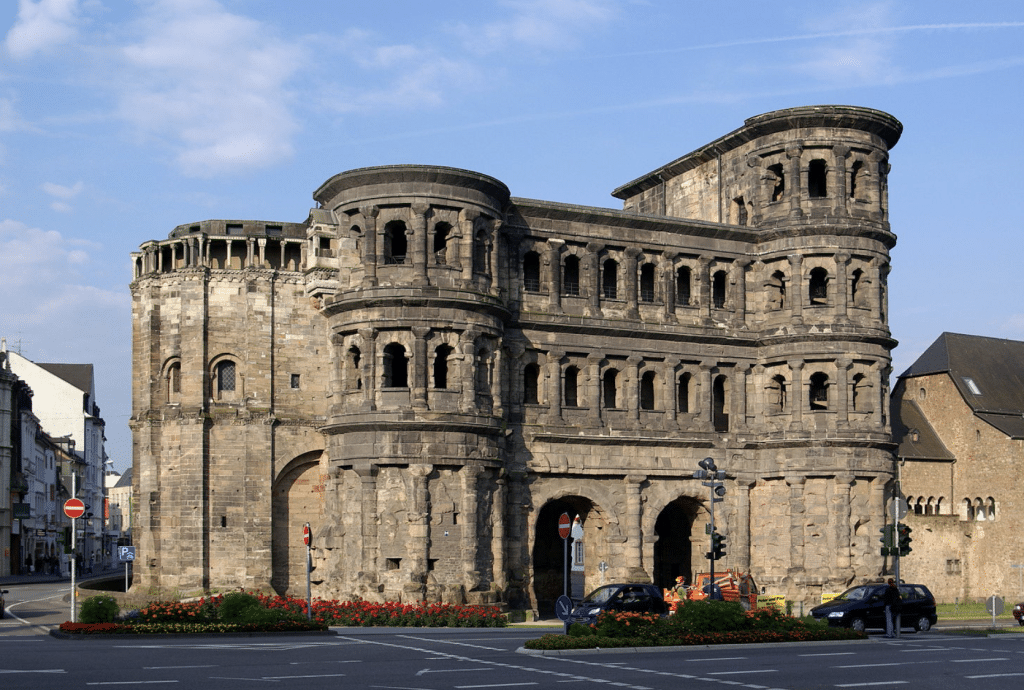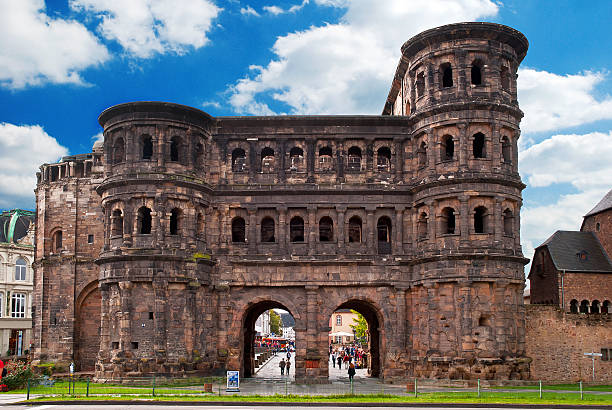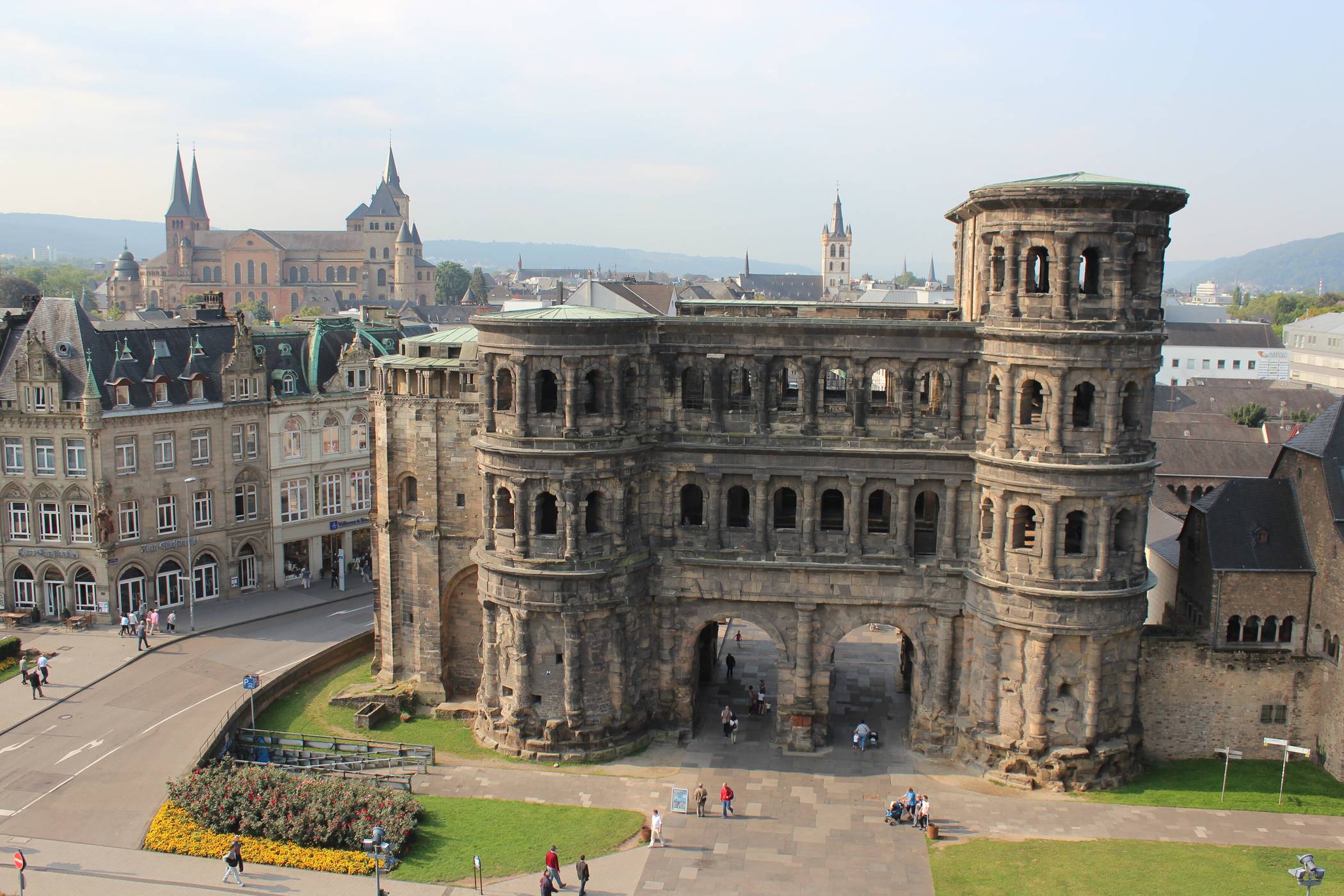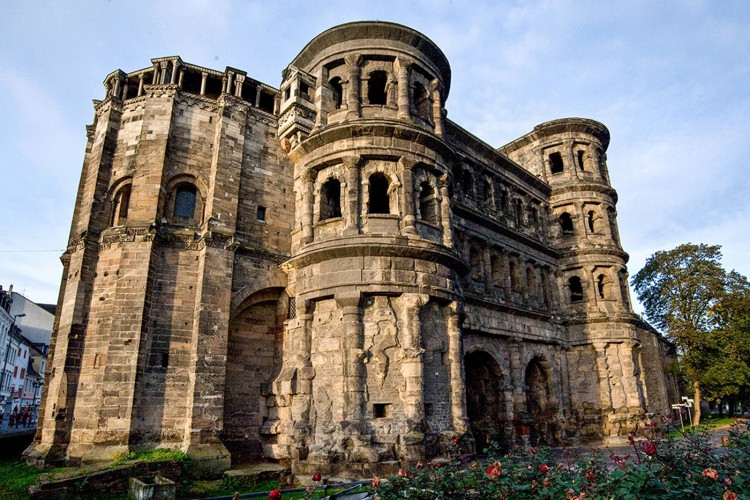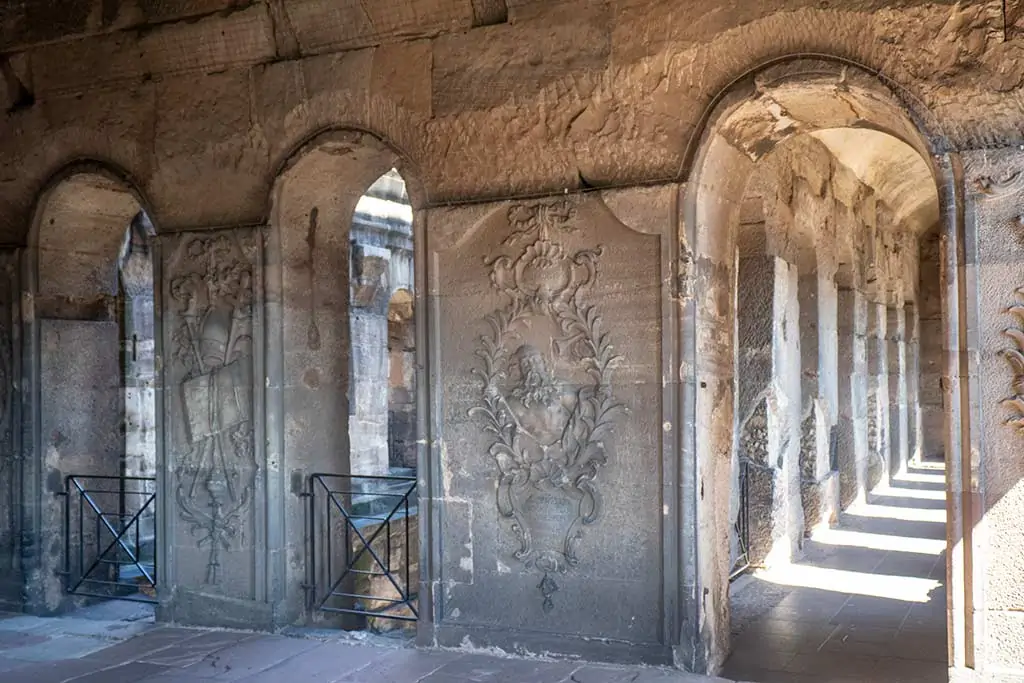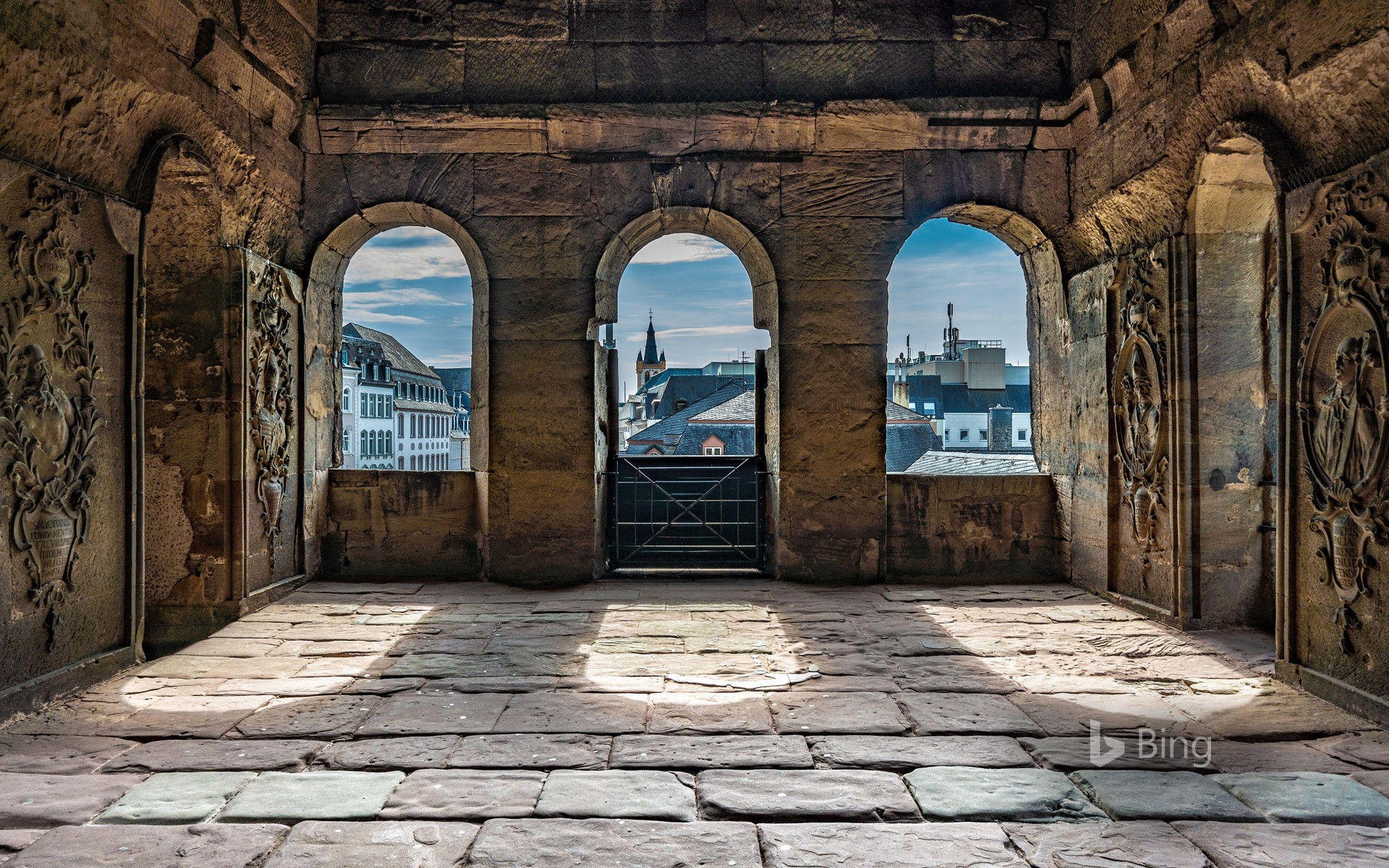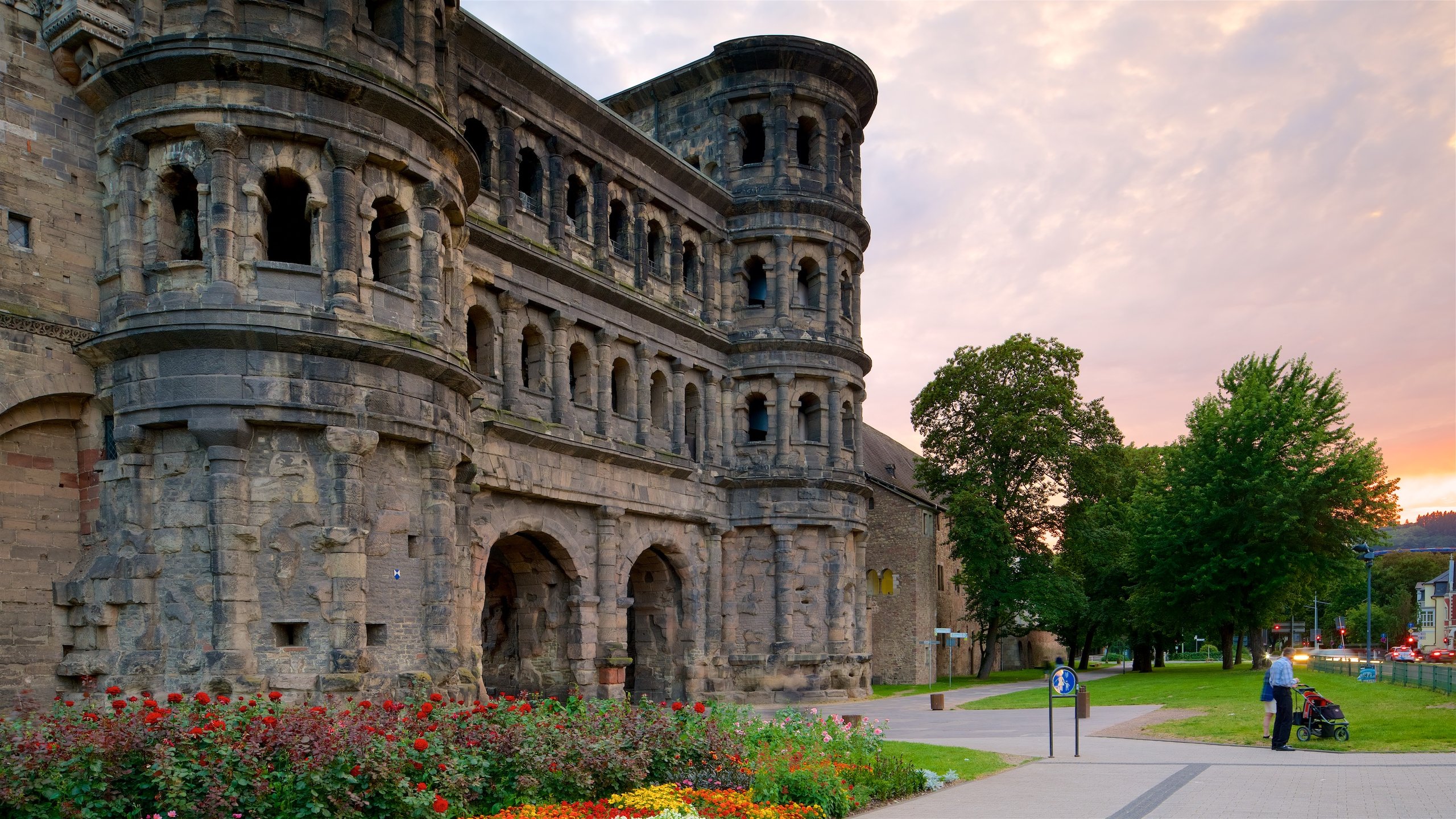
Dubbed the Second Rome, today, the city of Trier exists as a living memorial to Roman civilization. Trier is Germany’s fourth largest city, located in the state of Rhineland Pfalz. There are many well-preserved architectural works here such as the Roman bridge, the Black city gate (Porta Nigra), the Roman hall, the cathedral, and the Roman thermal bath facility (Kaisertherme).
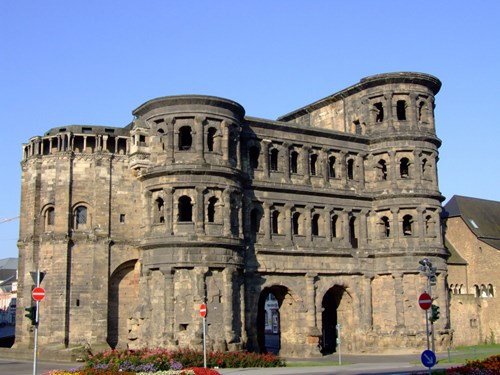
Porta Nigra in Latin means “Black Gate”, is a relatively intact city gate with the most massive scale of the Roman Empire that still exists today.
For many centuries, the Porta Nigra city gate served as a welcome gate to the famous Roman city.
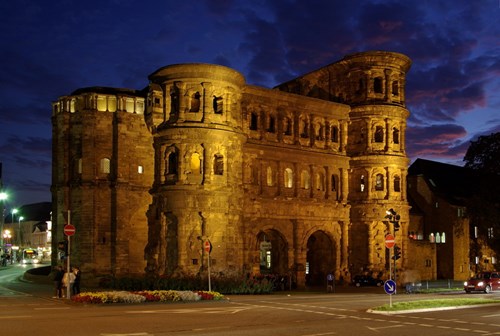
According to historians, the Porta Nigra city gate was built between 186 and 200 AD using gray sandstone. The original architecture of the city gate is two four-storey towers, with a nearly semicircular cross-section on the outside, connected by corridors on the upper floors, below is the gate arch. Porta Nigra was part of a rectangular rampart system with four gates intended to protect the city from incursions by northern tribes.
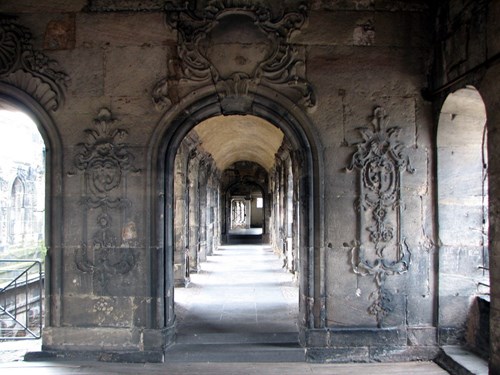
For centuries, this huge gate has served as a welcome gate to the city. During the early Middle Ages, Porta Nigra was abandoned. Part of the building’s stone was taken away to build other buildings. In 1028, the Greek monk Simeon chose Porta Nigra as a place to practice as a hermit. After his death, the city gate was renovated into a church.

In 1802, Napoleon Bonaparte ordered the dissolution of the church at Porta Nigra and restored the gate to its original Roman form. In 1986, Porta Nigra was declared a World Heritage Site by UNESCO along with many other Roman monuments in Trier.

